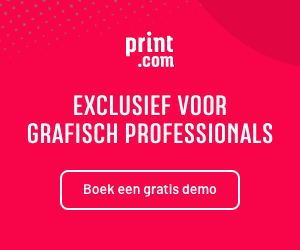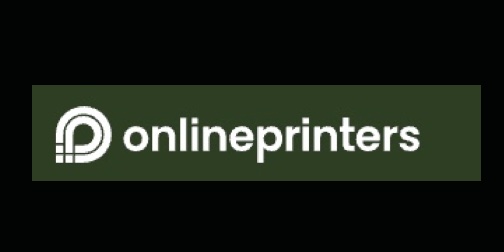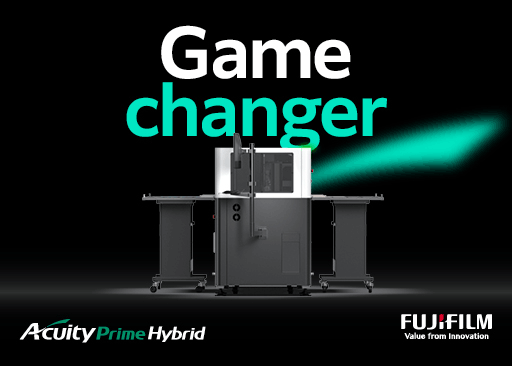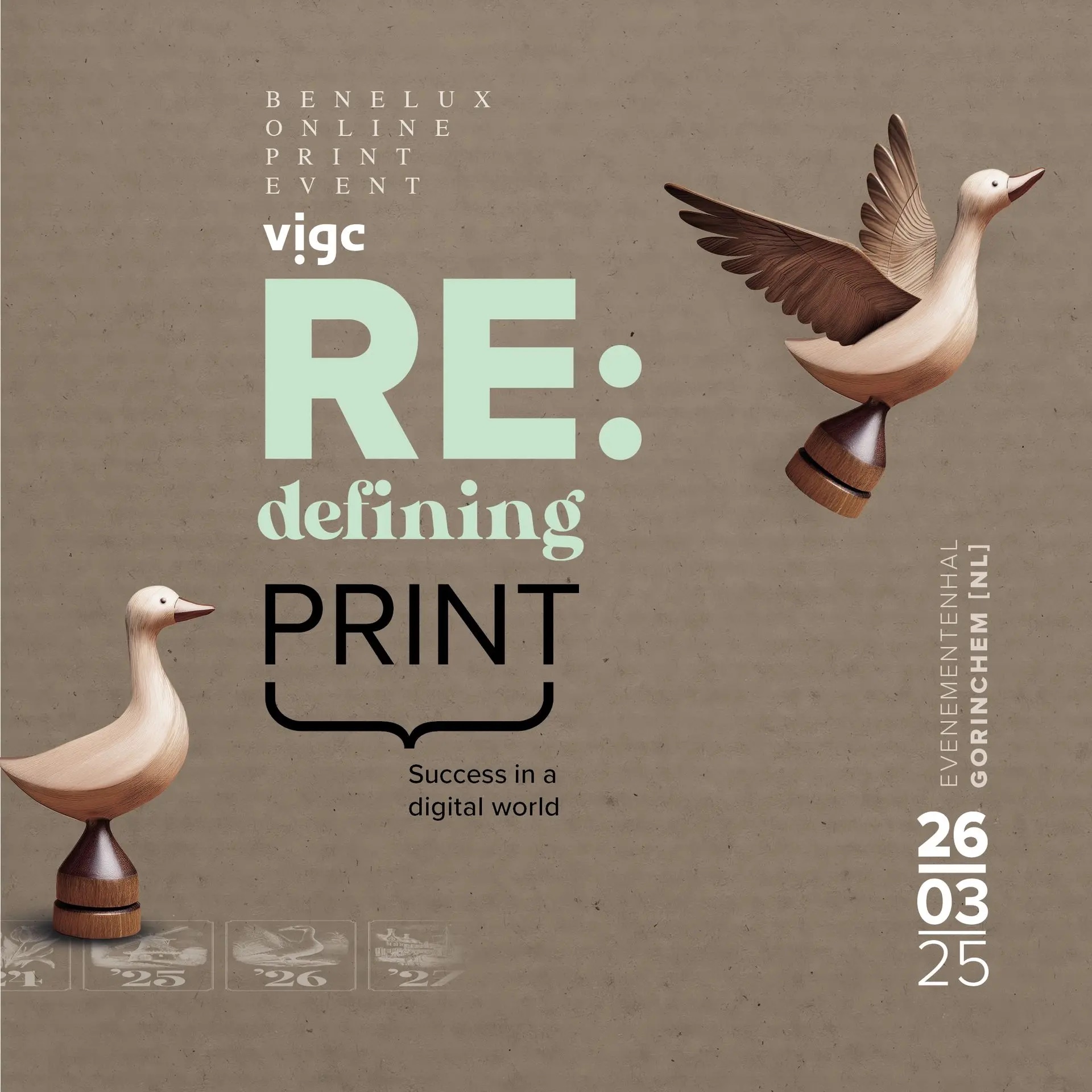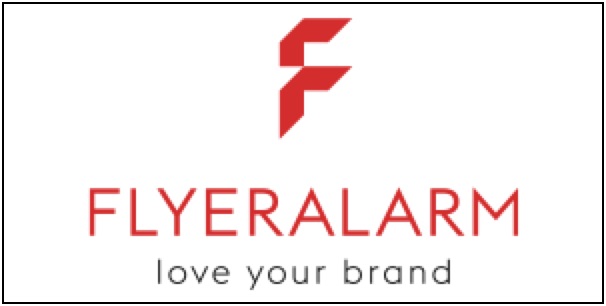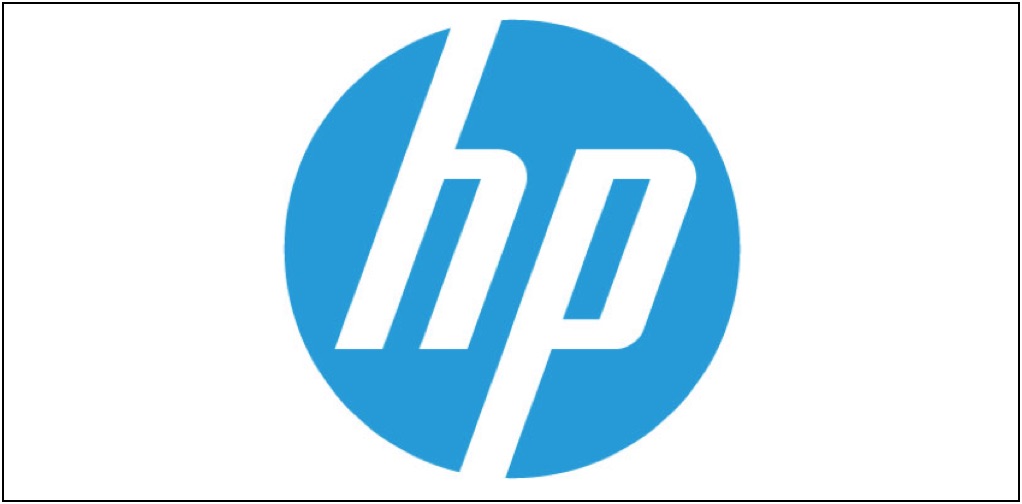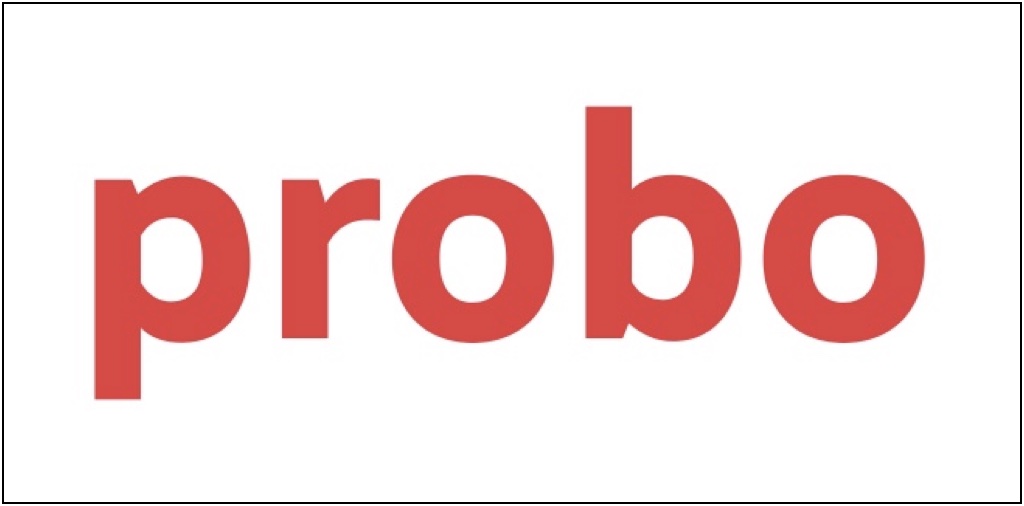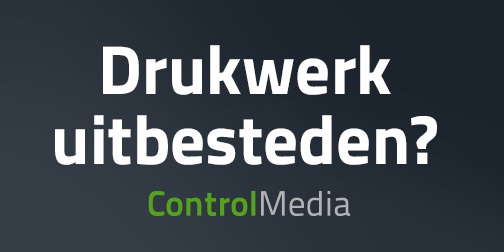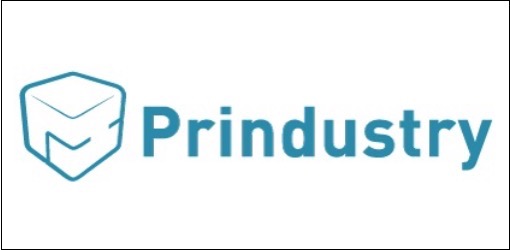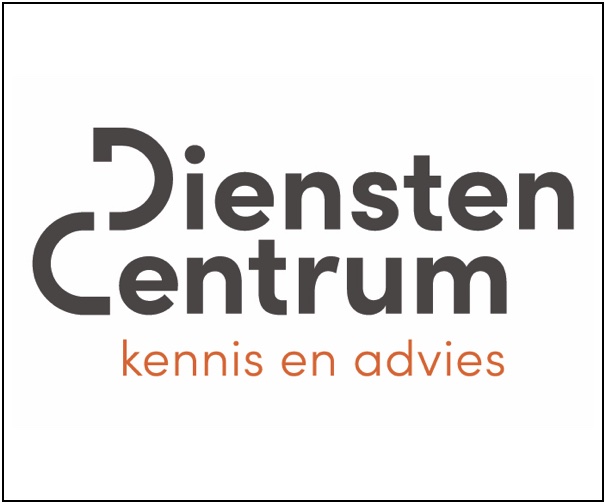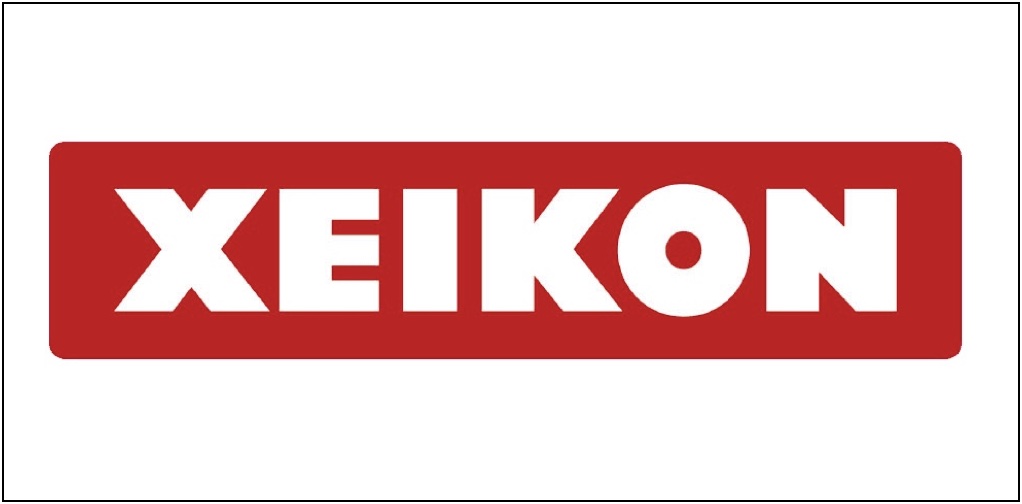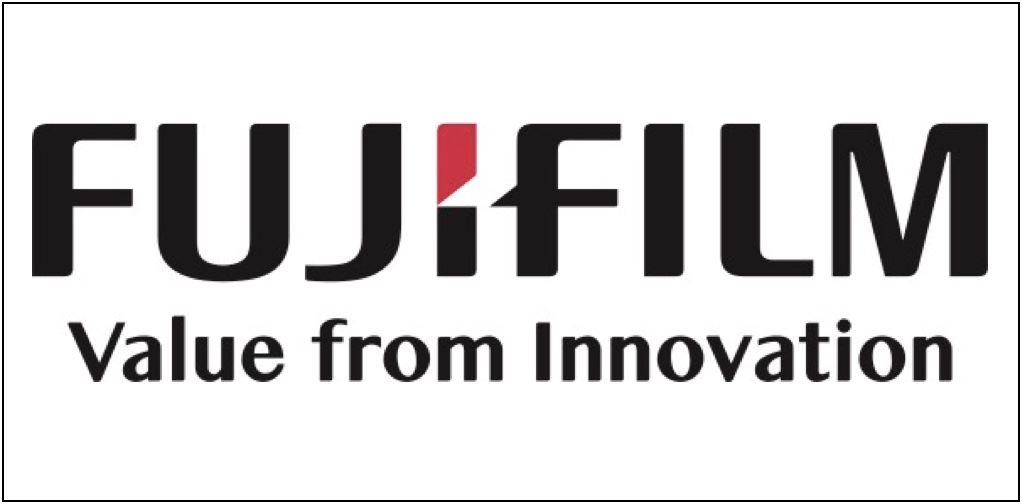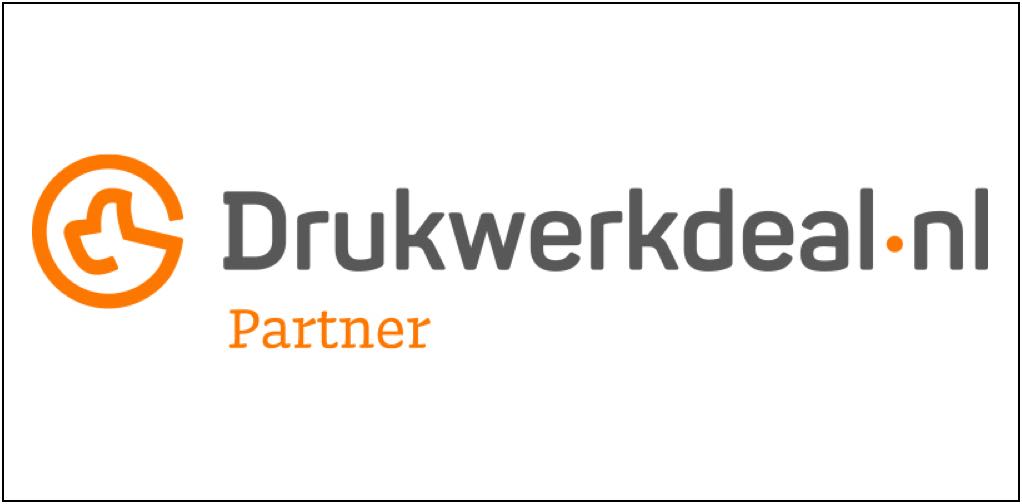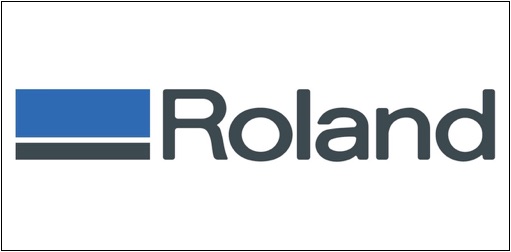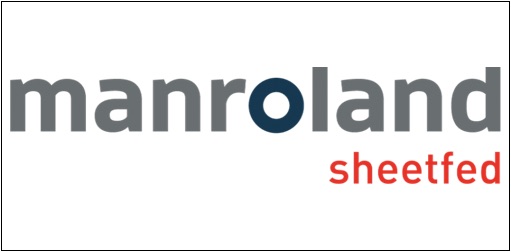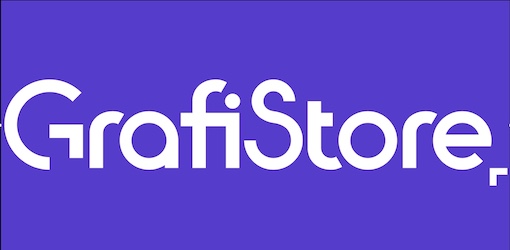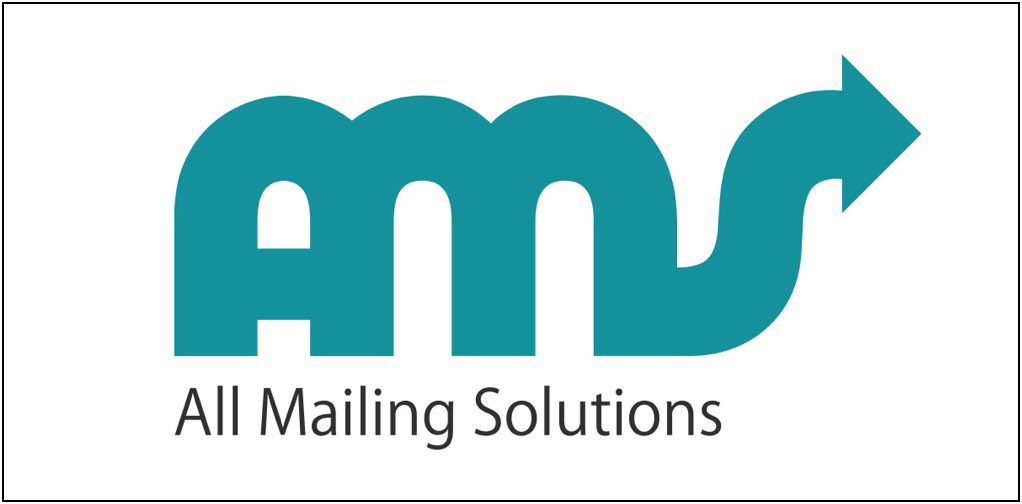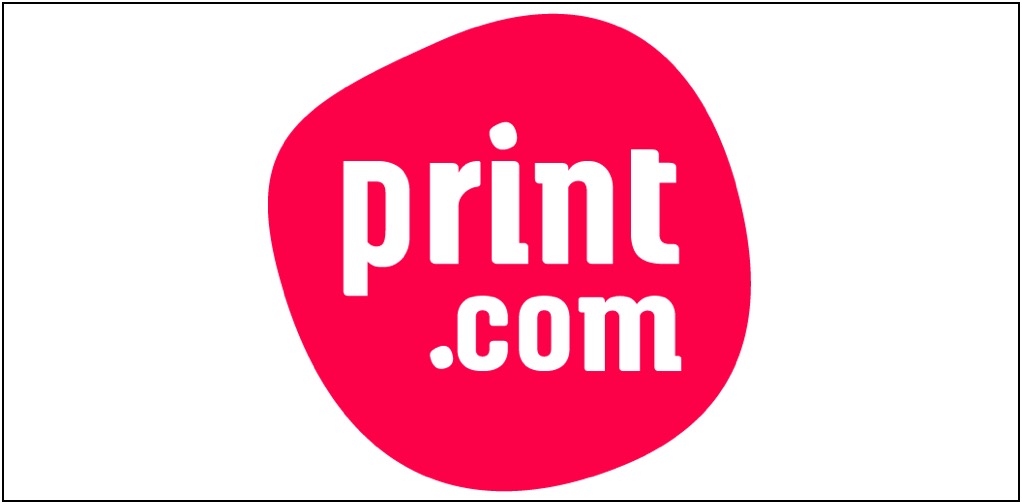Rob van den Braak
 Mobiel betalen, on-demand-everything en virtual reality zijn slechts een paar voorbeelden van technieken die onze digitale toekomst zullen veranderen. ZDnet bracht ze samen in een infographic waarin je in een oogopslag kunt zien waar je met je baan en bedrijf rekening mee moet houden. Voor drukkers is dat machine learning, persen die leren van fouten en zelf de kwaliteit en de onderhoudsstatus in de gaten houden. Voor bedrijven is dat collaborative economy en mobiel betalen die zaken doen voor altijd zullen veranderen. Voor creatieve communicatiemakers is dat instant app composition die het voor niet-techies mogelijk maakt om snel en eenvoudig apps te maken waarmee content gedistribueerd kan worden. Het ZDnet artikel is te lezen via deze link.
Mobiel betalen, on-demand-everything en virtual reality zijn slechts een paar voorbeelden van technieken die onze digitale toekomst zullen veranderen. ZDnet bracht ze samen in een infographic waarin je in een oogopslag kunt zien waar je met je baan en bedrijf rekening mee moet houden. Voor drukkers is dat machine learning, persen die leren van fouten en zelf de kwaliteit en de onderhoudsstatus in de gaten houden. Voor bedrijven is dat collaborative economy en mobiel betalen die zaken doen voor altijd zullen veranderen. Voor creatieve communicatiemakers is dat instant app composition die het voor niet-techies mogelijk maakt om snel en eenvoudig apps te maken waarmee content gedistribueerd kan worden. Het ZDnet artikel is te lezen via deze link. There are numerous ecolabeling schemes around but only a few, such as those in Scandinavia and Hong Kong, are specific to printed matter. Schemes like the European Ecolabel or the German Blue Angel are generic, rather than being specific to print. The benefit of having a dedicated ecolabeling scheme is that it can be easier for printers and publishers to follow, and for consumers to understand. A truly local scheme can be configured to meet the needs of a specific country or state. Some schemes are more rigorous than others to reflect the local reality. They evolve by starting off gently to encourage awareness and uptake, and get tougher following regular reviews and market response.
There are numerous ecolabeling schemes around but only a few, such as those in Scandinavia and Hong Kong, are specific to printed matter. Schemes like the European Ecolabel or the German Blue Angel are generic, rather than being specific to print. The benefit of having a dedicated ecolabeling scheme is that it can be easier for printers and publishers to follow, and for consumers to understand. A truly local scheme can be configured to meet the needs of a specific country or state. Some schemes are more rigorous than others to reflect the local reality. They evolve by starting off gently to encourage awareness and uptake, and get tougher following regular reviews and market response.
There is a more important point to consider however. What is the point of an ecolabeling scheme for print? This is probably the hardest question to answer, because unless a labelling scheme delivers real benefit for printers, publishers and consumers it isn’t really worthwhile. Making a label credible takes investment into the scheme’s design and credibility. It takes even more effort to develop the market and this requires a hefty dose of communications and PR, much as it does to establish a brand. The label must deliver clear benefits to all parts of the print media supply chain, such as data for carbon offsetting, and this is where it gets tricky. Environmental labels for print are only valuable, if they are part of a wider effort to promote print’s effectiveness and sustainability in the age of electronic communications.
Encouraging markets to really care about an environmental label’s details is an uphill struggle. Print already battles against the perception that it’s wasteful, so perhaps we need to do more to get people to care more about ecolabeling. People are not particularly motivated to read labels, unless they can relate to their content. We care about calories and nutritional data for food, active ingredients for pharmaceuticals and chemicals in cleaning products. But what possible interest is there in print’s ecofriendliness in such a context?
None is the answer which is why ecolabels for printed matter should be presented in the context of environmental and human health. Establishing a link to the planet and peoples’ wellbeing might encourage everyone to take print’s sustainability message more seriously. This means that the criteria used in print ecolabels should include toxicity and recyclability data, as well as wider Life Cycle Analysis details. Ecolabels for print could include some sort of rating scheme that explains in simple terms the environmental friendliness of a given piece of print. If people could make simple comparisons, particularly at local level, they might take all the chat about print’s sustainability more seriously.
Laurel Brunner

Dit blog wordt mogelijk gemaakt dankzij de bijdrage van: Agfa Graphics (www.agfa.com), Digital Dots (http://digitaldots.org), drupa (www.drupa.com), EFI (www.efi.com), Fespa (www.fespa.com), Heidelberg (www.uk.heidelberg.com), Kodak (www.kodak.com/go/sustainability), Mondi (www.mondigroup.com/products), Pragati Offset (www.pragati.com), Ricoh (www.ricoh.com), Shimizu Printing (www.shzpp.co.jp), Splash PR (www.splashpr.co.uk), Unity Publishing (http://unity-publishing.co.uk) and Xeikon (www.xeikon.com).
BlokBoek.com is de Nederlandse media-partner van Verdigris, een non-profit initiatief dat de werkelijke voetprint van druk- en printwerk die drukwerk achterlaat eerlijk in kaart wil brengen en dat bedrijven en organisatie steunt om die voetprint te verlagen.
Meer informatie over Verdigris vindt je via deze link.
 Every country and every product group has its own ecolabel. In her Verdigris blog Laurel Brunner explains how this has come about and why we should have our own, international ecolabel for print.
Every country and every product group has its own ecolabel. In her Verdigris blog Laurel Brunner explains how this has come about and why we should have our own, international ecolabel for print.
Lees verder....
 There are numerous ecolabeling schemes around but only a few, such as those in Scandinavia and Hong Kong, are specific to printed matter. Schemes like the European Ecolabel or the German Blue Angel are generic, rather than being specific to print. The benefit of having a dedicated ecolabeling scheme is that it can be easier for printers and publishers to follow, and for consumers to understand. A truly local scheme can be configured to meet the needs of a specific country or state. Some schemes are more rigorous than others to reflect the local reality. They evolve by starting off gently to encourage awareness and uptake, and get tougher following regular reviews and market response.
There are numerous ecolabeling schemes around but only a few, such as those in Scandinavia and Hong Kong, are specific to printed matter. Schemes like the European Ecolabel or the German Blue Angel are generic, rather than being specific to print. The benefit of having a dedicated ecolabeling scheme is that it can be easier for printers and publishers to follow, and for consumers to understand. A truly local scheme can be configured to meet the needs of a specific country or state. Some schemes are more rigorous than others to reflect the local reality. They evolve by starting off gently to encourage awareness and uptake, and get tougher following regular reviews and market response.
There is a more important point to consider however. What is the point of an ecolabeling scheme for print? This is probably the hardest question to answer, because unless a labelling scheme delivers real benefit for printers, publishers and consumers it isn’t really worthwhile. Making a label credible takes investment into the scheme’s design and credibility. It takes even more effort to develop the market and this requires a hefty dose of communications and PR, much as it does to establish a brand. The label must deliver clear benefits to all parts of the print media supply chain, such as data for carbon offsetting, and this is where it gets tricky. Environmental labels for print are only valuable, if they are part of a wider effort to promote print’s effectiveness and sustainability in the age of electronic communications.
Encouraging markets to really care about an environmental label’s details is an uphill struggle. Print already battles against the perception that it’s wasteful, so perhaps we need to do more to get people to care more about ecolabeling. People are not particularly motivated to read labels, unless they can relate to their content. We care about calories and nutritional data for food, active ingredients for pharmaceuticals and chemicals in cleaning products. But what possible interest is there in print’s ecofriendliness in such a context?
None is the answer which is why ecolabels for printed matter should be presented in the context of environmental and human health. Establishing a link to the planet and peoples’ wellbeing might encourage everyone to take print’s sustainability message more seriously. This means that the criteria used in print ecolabels should include toxicity and recyclability data, as well as wider Life Cycle Analysis details. Ecolabels for print could include some sort of rating scheme that explains in simple terms the environmental friendliness of a given piece of print. If people could make simple comparisons, particularly at local level, they might take all the chat about print’s sustainability more seriously.
Laurel Brunner

This blog has been made possible by: Agfa Graphics (www.agfa.com), Digital Dots (http://digitaldots.org), drupa (www.drupa.com), EFI (www.efi.com), Fespa (www.fespa.com), Heidelberg (www.uk.heidelberg.com), Kodak (www.kodak.com/go/sustainability), Mondi (www.mondigroup.com/products), Pragati Offset (www.pragati.com), Ricoh (www.ricoh.com), Shimizu Printing (www.shzpp.co.jp), Splash PR (www.splashpr.co.uk), Unity Publishing (http://unity-publishing.co.uk) and Xeikon (www.xeikon.com).
Blokboek.com is the Dutch media partner of Verdrigris, a non-profit initiative which aims to realistically chart the real footprint of printing and which helps companies and organisations to lower that footprint. More information about Verdrigris can be found via this link.
 The ISO TC130 committee has finally made a decision and approved the Color Data Exchange format developed by Pantone/X-Rite as the standard.
The ISO TC130 committee has finally made a decision and approved the Color Data Exchange format developed by Pantone/X-Rite as the standard.
Because of this decision we now have one data format for the exchange of colour details between different platforms. Color Exchange Format Version 3, CxF3, is an open standard which stores colour variations so that any systems knows the correct colour intentions. Every workflow system can convert the CxF3 data to its own possibilities and ensure that optimum use is made of the colour.
Lees verder....
 Het ISO TC130 comité heeft eindelijk de knoop doorgehakt en het door Pantone/X‑Rite ontwikkelde Color Data Exchange formaat als standaard geaccepteerd. Door deze beslissing hebben we nu één dataformaat voor de uitwisseling van kleurgegevens tussen verschillende platforms. Color Exchange Format Version 3, CxF3, is een open standaard die alle variaties in kleur zo vastlegt dat elke systeem weet wat de kleur intentie is. Elk workflow systeem kan de CxF3 data omzetten naar zijn eigen mogelijkheden en er voor zorgen dat een kleur optimaal gebruikt wordt.
Het ISO TC130 comité heeft eindelijk de knoop doorgehakt en het door Pantone/X‑Rite ontwikkelde Color Data Exchange formaat als standaard geaccepteerd. Door deze beslissing hebben we nu één dataformaat voor de uitwisseling van kleurgegevens tussen verschillende platforms. Color Exchange Format Version 3, CxF3, is een open standaard die alle variaties in kleur zo vastlegt dat elke systeem weet wat de kleur intentie is. Elk workflow systeem kan de CxF3 data omzetten naar zijn eigen mogelijkheden en er voor zorgen dat een kleur optimaal gebruikt wordt.
Lees verder....

Heidelberger Druckmaschinen AG
Press manufacturer Heidelberg expects a growth to 2 to 4% over the coming years. This growth will come mainly from service and digital products such as the Gallus Label press.
Supplies will also contribute to this growth and to profit. The manufacturing of presses will be the main pillar for profitability, as well as the recent reorientation of unprofitable activities and a faster adaptation to the market environment.
Lees verder....

Heidelberger Druckmaschinen AG
Persfabrikant Heidelberg voorziet in zijn economische vooruitzichten de komende jaren een groei tussen de 2 en 4 procent. Die groei moet vooral komen van service en van digitale producten zoals de Gallus Labelpress. Benodigdheden zullen ook aan deze groei en vooral aan de winst bijdragen. De fabricage van drukpersen blijft een belangrijke peiler waarvan de winstgevendheid zal stijgen, alsmede de reorganisatie die de kosten heeft verlaagd en door sneller op marktontwikkelingen in te spelen.
 The different ebook formats supplied by Amazon, Apple, Kobo and others can drive an ebook reader crazy. But there are advantages to this however, such as the use of interactive functionality and the amount of data. In a blogpost on Digital Book World Joshua Tallent expands on why a standard EPUB format is not always the right solution. Oh, and with smart software such as the free Calibre many of the format issues can be solved.
The different ebook formats supplied by Amazon, Apple, Kobo and others can drive an ebook reader crazy. But there are advantages to this however, such as the use of interactive functionality and the amount of data. In a blogpost on Digital Book World Joshua Tallent expands on why a standard EPUB format is not always the right solution. Oh, and with smart software such as the free Calibre many of the format issues can be solved. Ebook lezers worden soms gek van alle verschillende formaten die uitgevers zoals Amazon, Apple en Kobo hun voorschotelen. Toch zijn er goede argumenten voor deze wildgroei, zoals het gebruik van interactieve functies en het beperken van de hoeveelheid data. In een blogpost op Digital Book World legt Joshua Tallent uit waarom het standaard formaat EPUB niet altijd de oplossing is. En o ja, met slimme software zoals het gratis opensource Calibre zijn veel formaatproblemen op te lossen.
Ebook lezers worden soms gek van alle verschillende formaten die uitgevers zoals Amazon, Apple en Kobo hun voorschotelen. Toch zijn er goede argumenten voor deze wildgroei, zoals het gebruik van interactieve functies en het beperken van de hoeveelheid data. In een blogpost op Digital Book World legt Joshua Tallent uit waarom het standaard formaat EPUB niet altijd de oplossing is. En o ja, met slimme software zoals het gratis opensource Calibre zijn veel formaatproblemen op te lossen.
Lees verder....
 During the World Wide Developers Conference Apple put a bomb under the way we gather news. The new News app will be able to interactively put together beautifully laid-out news pages gathered from newspapers, magazines, television, blogs and other internet sources. News turns this into typographically correct pages enriched with animations, audio and visuals. The visuals will be shown in the formats which we are accustomed to, the Apple mosaics or galleries. Just like video they can be presented in HD. News will be available later this year as part of the new iOS 9. News sources can optimise their content especially for News with the available software.
During the World Wide Developers Conference Apple put a bomb under the way we gather news. The new News app will be able to interactively put together beautifully laid-out news pages gathered from newspapers, magazines, television, blogs and other internet sources. News turns this into typographically correct pages enriched with animations, audio and visuals. The visuals will be shown in the formats which we are accustomed to, the Apple mosaics or galleries. Just like video they can be presented in HD. News will be available later this year as part of the new iOS 9. News sources can optimise their content especially for News with the available software.
More news from WWDC 2015
Not only the fact that two women presented during the keynote sessions was a first. Another first was the long expected Apple Music with which Apple intends to kill Spotify. Apple Music allows you to stream to your Apple device any song or music video from the iTunes library for less than US$10 a month. An Windows and Android version will also become available. For US$15 Music allows you to share this with 6 others. Apple Music also intends to connect artists to their fans. Those fans can expect text information, sound and vision from their favourite artists. Another surprise was Apple Music´s introduction of a worldwide internet radio station Beats 1, which will be manned by ´real´ DJs who will broadcast 24 hours a day.
Other important news for app developers is the new functionality for the three different Apple operation systems, OSx iOS and iWatch. Functionality which will force Google and Microsoft to do better. First the possibility of ´deep linking´ which allows apps to retrieve information from other apps, for example a travel app which can retrieve flight information from an airline app which can then be combined with Apple Maps to show public transport information to give information about which train or bus to take after arrival at the airport. In the new OSX, named El Capitan, the new iOS for iPhones and iPads and in iWatch 2 search functions such as Spotlite and Siri will become more ´intelligent´. Home Kit and Car Kit will be able to help you find your home, but also regulate your home´s thermostat, manage the home´s lighting and see if your Tesla has enough battery to get home.
Important news for developers was the introduction of SKD developer´s kit for the iWatch and the announcement that programming language Swift is now open source.
For us, non-techies, these announcements will result in many apps which we haven´t even thought of. Apps which will make sure that the 100 billion apps sold will be doubled. App developers can count on the fact that the enormous amount of 80 billion dollars earned will also be doubled soon. This promises to be an interesting year until the next WWDC.
Lees verder....
VIGC BOPE 2025: Redefining print. Success in a digital world. Met o.a. Peter Luit als gesprekleider binnen het panelgesprek ‘Platformeconomie, kansen voor grafimedia bedrijven?’
De trainingen voor 2022 staan gereed. Kijk voor het volledige online aanbod van bestaande- en nieuwe trainingen op de website.
BLOKBOEK.COM EN PRINTMEDIANIEUWS: HET OPTIMALE DOELGROEP BEREIK

